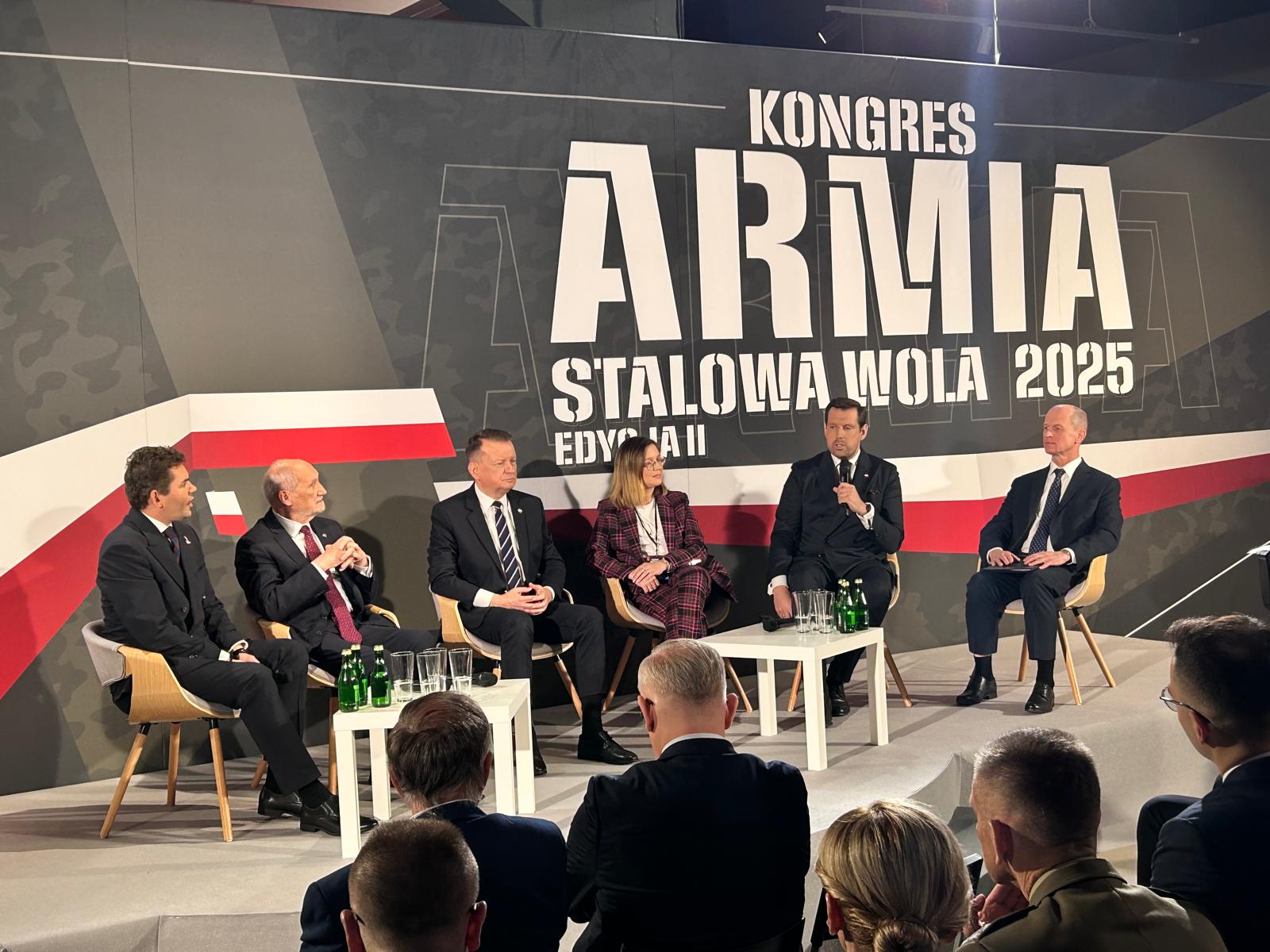During the shale revolution in the United States, according to the International Energy Agency (IEA) calculations, the cost of neutralizing social and environmental fears related to shale gas extraction increased the total financial cost of a typical shale gas shaft by about 7%.
In Poland, only in the energy sector, the protests of the local community led to the investor's resignation from one location of the first Polish nuclear power plant (geese in West Pomeranian, 2012), in 2015, after five years, investors withdrew and actions to search for gas from slate in Poland, the development of wind energy was and is still stopped by social concerns. The investment of the energy storage in hammers (Lower Silesia) needed for the stability of the energy system has also caused resistance resistance in recent years, as did investments in biomass incineration plants or the development of power networks. In the implementation of wind farms, investors face the fears of fishermen before limiting fishing on the Baltic Sea.
Not only in the Polish energy sector, which has been transforming in recent years, the increase and intensification of investments using technologies that arouse social resistance. Investors of water supply plants, sewage treatment plants, landfills, sorting plants and waste incineration plants, road lines, airports, dams and water reservoirs face the costs of social protests. Resistance is also encountered by investments included in economic infrastructure, such as Meat processing plants, breeding farms of pigs, poultry and fur animals, extraction of oil, natural gas and metal ores.
The increase in location and socio-spatial conflicts in relation to energy, utilitarian or sanitary technical infrastructure facilities is the effect of political transformation in Poland and the development of civil society and articulating interests by local communities. The nimby syndrome, already described in the 1980s by researchers (from the shortcut not in my back yard - not in my yard) consists in opposition to the location of the investment in a specific place while accepting this type of investment in general. This means that the object of objection is not so much the object itself but its location and related threats. For investors who want to implement an investment in a specific place, this syndrome is a potential source of the problem.
A key tool to counteract protests based on Nimby syndrome is effective marketing communication and proper organization of the social consultation process. Low knowledge of social communication tools by investors, also largely by local government officials is one of the reasons for the strong impact of the conflict on the success of the investment.
Importantly, public consultations should not be used only to convince the local community to the need to implement a given investment. They should be carried out in a reliable manner at the earliest possible stage of investment planning, including, if only possible, variant, alternative solutions and locations. The easiest social consultation consists in presenting their intentions by the local authorities to the residents, and then collecting comments from them. Two -sided communication between citizens and power is crucial here.
Location conflicts are a challenge for local governments, especially for municipalities. Local government authorities are always involved in the conflict regardless of whether the investment is implemented by a public authority or a commercial investment. In all cases, the commune authorities are obliged to apply legal provisions determining the scope and nature of the participation of residents in proceedings leading to the implementation of the investment. On the other hand, in addition to the implementation of statutory duties, they can react in various ways to a conflict in order to resolve it and prevent conflict situations in the future.
Investors carrying out difficult to seek knowledge in the field of project management, with particular emphasis on risk management and stakeholder management in projects (communication management, is one of the areas of knowledge in the field of project management).
The goal of investors is effective, i.e. focused on achieving the goal and effective, i.e. focused on the relationship of effects to the costs incurred, the implementation of the investment. Practice shows that they do not take or mistakenly and incorrectly carry out marketing communication activities. This results in the need to incur additional costs and in the inability to implement the investment.




